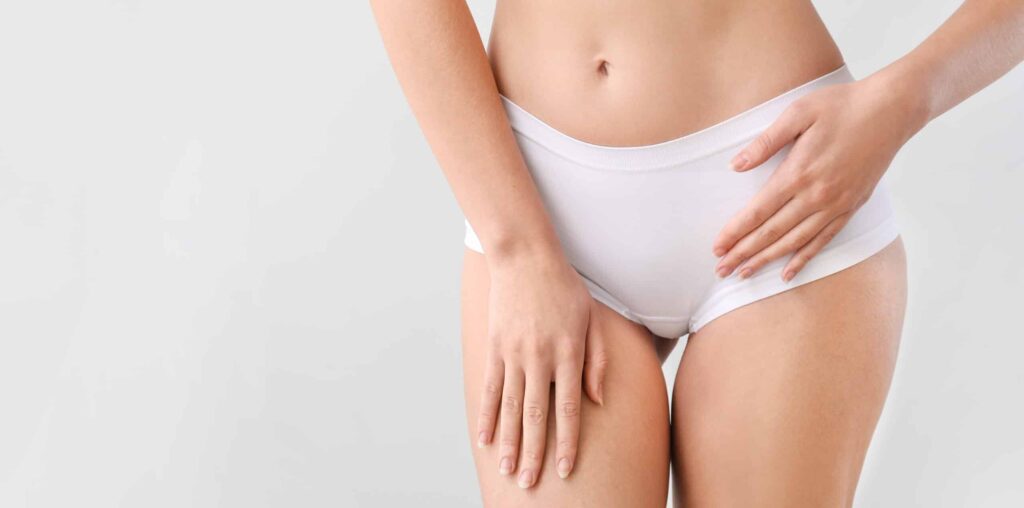Laser vaginal rejuvenation is a rapidly growing field within women’s health and cosmetic gynecology. Laser Vaginal Rejuvenation in Abu Dhabi offers a minimally invasive solution aimed at restoring vaginal tightness, improving tissue quality, and enhancing overall vaginal health. This article delves into the science behind laser vaginal rejuvenation, exploring how this advanced technology works, its physiological effects, and the reasons why it has become a preferred option for many women.
Understanding Laser Vaginal Rejuvenation
Laser vaginal rejuvenation is a procedure that uses targeted laser energy to stimulate tissue regeneration inside the vaginal canal and the external vulvar area. The lasers employed are designed to carefully heat the vaginal mucosa and underlying tissues, promoting natural healing processes.
The treatment focuses on revitalizing collagen and elastin fibers, two critical proteins responsible for the strength, elasticity, and hydration of vaginal tissues. As women age or after childbirth, these tissues may lose their elasticity and firmness, leading to symptoms such as vaginal laxity, dryness, or discomfort. Laser vaginal rejuvenation aims to address these concerns by triggering the body’s repair mechanisms.
How Laser Energy Works on Vaginal Tissue
The laser technology used in vaginal rejuvenation typically emits energy at specific wavelengths absorbed by water molecules within the vaginal tissues. The absorbed energy generates controlled heat that penetrates the vaginal lining without damaging the surrounding areas. This controlled thermal effect induces micro-injuries on a microscopic level, which in turn activate the body’s natural healing cascade.
During this healing process, fibroblast cells become more active and increase the production of collagen and elastin fibers. Collagen is a key structural protein that provides strength, while elastin allows tissues to stretch and recoil. Together, these proteins help restore the vaginal canal’s firmness and elasticity.
The Role of Collagen in Vaginal Health
Collagen plays a crucial role in maintaining the structural integrity of vaginal tissues. It supports the vaginal walls and contributes to tissue hydration by retaining moisture. Over time, natural aging or hormonal changes can reduce collagen levels, which may lead to thinning and laxity of the vaginal lining.
Laser vaginal rejuvenation stimulates new collagen synthesis by causing controlled thermal stress, which mimics minor injury to the tissue. This prompts the body to repair itself by producing fresh collagen fibers, improving tissue thickness and strength. As a result, many women experience enhanced vaginal tightness and better tissue resilience following the procedure.
Elastin’s Contribution to Tissue Elasticity
Elastin, another important protein, allows vaginal tissues to stretch during activities like childbirth or sexual intercourse and then return to their original shape. Loss of elastin can lead to decreased flexibility and a feeling of looseness.
Laser treatment encourages elastin regeneration alongside collagen production. The enhanced elastin content helps restore the vaginal canal’s flexibility, contributing to improved functional outcomes and patient satisfaction.
Moisture and Vascularization Effects
Laser vaginal rejuvenation also promotes improved blood circulation within the vaginal tissues. Increased vascularization means more oxygen and nutrients are delivered to the area, supporting healthier tissue metabolism.
Better blood flow is associated with enhanced natural lubrication and moisture retention, addressing common complaints such as vaginal dryness or irritation. This rejuvenation of the mucosal lining contributes to both comfort and sexual satisfaction.
Types of Lasers Used in Vaginal Rejuvenation
Two primary types of lasers are commonly used in vaginal rejuvenation: fractional CO2 lasers and erbium lasers. Each has specific properties making them suitable for tissue remodeling.
Fractional CO2 lasers deliver energy in microscopic beams, creating small, controlled columns of thermal injury surrounded by healthy tissue. This fractional approach encourages rapid healing and effective collagen remodeling.
Erbium lasers emit energy at a wavelength highly absorbed by water, resulting in precise ablation and heating with minimal thermal diffusion. This precision allows for targeted treatment of the vaginal mucosa with less downtime.
Both types of lasers have proven effective in stimulating tissue regeneration and improving vaginal health parameters.
Biological Processes Triggered by Laser Treatment
The controlled laser-induced thermal effect initiates a series of biological responses:
-
Fibroblast Activation: These cells increase collagen and elastin production.
-
Neovascularization: Formation of new blood vessels enhances tissue nourishment.
-
Extracellular Matrix Remodeling: The matrix structure supporting cells is rebuilt.
-
Epithelial Regeneration: Surface mucosal cells renew and thicken.
Collectively, these processes restore vaginal tissue structure and function gradually over several weeks following treatment.
The Science of Tissue Remodeling and Healing
Tissue remodeling following laser vaginal rejuvenation mimics natural wound healing but occurs without open injury. The microscopic thermal damage acts as a stimulus for repair pathways involving inflammatory cells, growth factors, and matrix metalloproteinases, which break down and rebuild tissue components.
The remodeling phase enhances the mechanical properties of the vaginal wall, restoring elasticity and strength. It also improves mucosal barrier function, reducing sensitivity and discomfort.
The Impact of Hormones on Vaginal Tissue and Laser Efficacy
Hormonal fluctuations, especially reductions in estrogen during menopause, have a significant impact on vaginal tissue health. Estrogen helps maintain collagen content, blood flow, and mucosal thickness. When estrogen levels decline, vaginal tissues become thinner and less elastic.
Laser vaginal rejuvenation helps counteract some of these hormonal effects by stimulating collagen and vascular regeneration independent of hormone levels. This makes laser treatment a valuable option for women experiencing symptoms related to hormonal changes.
Safety and Precision of Laser Technology
The precision of modern laser devices ensures that energy is delivered in a controlled manner, minimizing risks associated with excessive heating. Real-time temperature monitoring and advanced handpieces allow practitioners to tailor treatments to individual tissue conditions.
This scientific control maximizes tissue regeneration benefits while preserving healthy surrounding areas, enhancing the safety and comfort of the procedure.
Summary: The Science Behind the Benefits
Laser vaginal rejuvenation works by harnessing the body’s natural healing mechanisms through controlled thermal stimulation. The treatment rejuvenates vaginal tissues by boosting collagen and elastin production, enhancing blood flow, and promoting tissue remodeling.
This scientific approach improves vaginal tightness, moisture, and overall tissue quality, leading to better functional and aesthetic outcomes for women seeking minimally invasive rejuvenation options.
Frequently Asked Questions (FAQs) About The Science Behind Laser Vaginal Rejuvenation
What is laser vaginal rejuvenation and how does it work?
Laser vaginal rejuvenation is a procedure that uses laser energy to heat vaginal tissues, triggering natural healing processes that increase collagen and elastin production, improve blood flow, and restore tissue elasticity and moisture.
Which types of lasers are used in vaginal rejuvenation?
Fractional CO2 lasers and erbium lasers are commonly used. Fractional CO2 lasers create tiny columns of thermal injury that promote healing, while erbium lasers provide precise heating with minimal thermal spread.
How does collagen improve vaginal health?
Collagen provides strength and structure to vaginal tissues. Laser treatment stimulates new collagen production, which thickens and strengthens the vaginal lining.
What role does elastin play in the vaginal tissues?
Elastin allows vaginal tissues to stretch and recoil. Laser treatment helps regenerate elastin, restoring flexibility and functional support.
Does laser vaginal rejuvenation affect vaginal moisture?
Yes, increased blood flow from the treatment enhances natural lubrication and hydration by improving tissue metabolism.
Is the procedure safe and precise?
Modern laser devices are highly precise, delivering controlled energy that stimulates tissue healing while protecting surrounding areas, making the procedure safe when performed properly.
How does hormonal status influence treatment outcomes?
While hormonal changes can reduce tissue quality, laser treatment stimulates regeneration regardless of hormone levels, benefiting women experiencing menopausal or postpartum changes.
What biological processes are triggered by laser treatment?
The procedure activates fibroblasts for collagen and elastin production, promotes new blood vessel formation, remodels the extracellular matrix, and regenerates epithelial cells.
How long does tissue remodeling take after the procedure?
Tissue remodeling and healing typically continue for several weeks post-treatment, gradually improving vaginal tightness and health.


